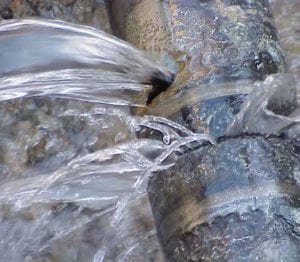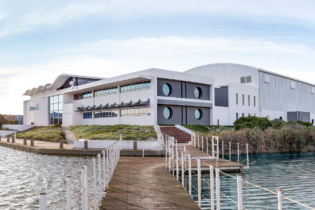SA Water’s world-leading smart network technology has detected over half of all water main breaks and leaks in the Adelaide CBD, Australia since the start of its operation.
The breaks have been proactively repaired and the detection lessens the impact on customers and commuters, further showing its success in reducing costs and community disruption. Implemented in July 2017, the R57 million smart network trials uses more than 300 acoustic detection sensors to monitor and decipher acoustic sounds for any potential cracks or leaks in pipes. The sensors cover an average range of 100 metres and monitor around 50 per cent of the city’s water main network, with a focus on cast iron pipes in areas where the potential customer impact of a break is greater. Speaking ahead of the OzWater ‘19 conference in Melbourne, SA Water’s Chief Executive Roch Cheroux said since its inception 40 faults were detected and repaired proactively, compared to 36 reactively. “Our sensors detect around 200 environmental noises every day, and our people and systems continue to improve their understanding of acoustic patterns to help distinguish circumferential or longitudinal cracks in our pipes from other sounds picked up by the technology,” Roch said.“Along with over 300 acoustic sensors, our CBD network comprises smart meters, mass pressure sensors, water quality sensors, mass flow meters and pressure transient/hydrophone sensors.
“Most reactive incidents were sudden failures that didn’t offer any detectable signs, and the reality is there will be some that behave in this way, but they still teach us about how the rest of the network responds.” Following the trial’s success in the Adelaide CBD, SA Water has expanded its smart network to six further locations across South Australia, and now includes sewer and odour monitoring. “We are the first water utility in the world to implement a range of Internet of Things-enabled sensors at scale in a defined geographical area, and it is important that we share the knowledge we have built with the wider industry as well as continuing to improve our own network management practices.”







